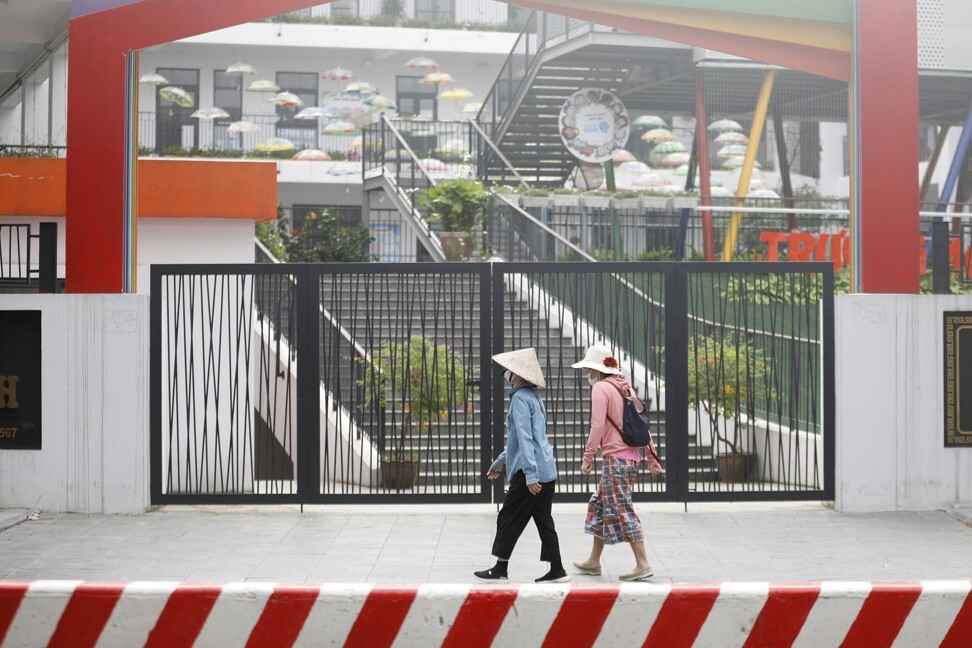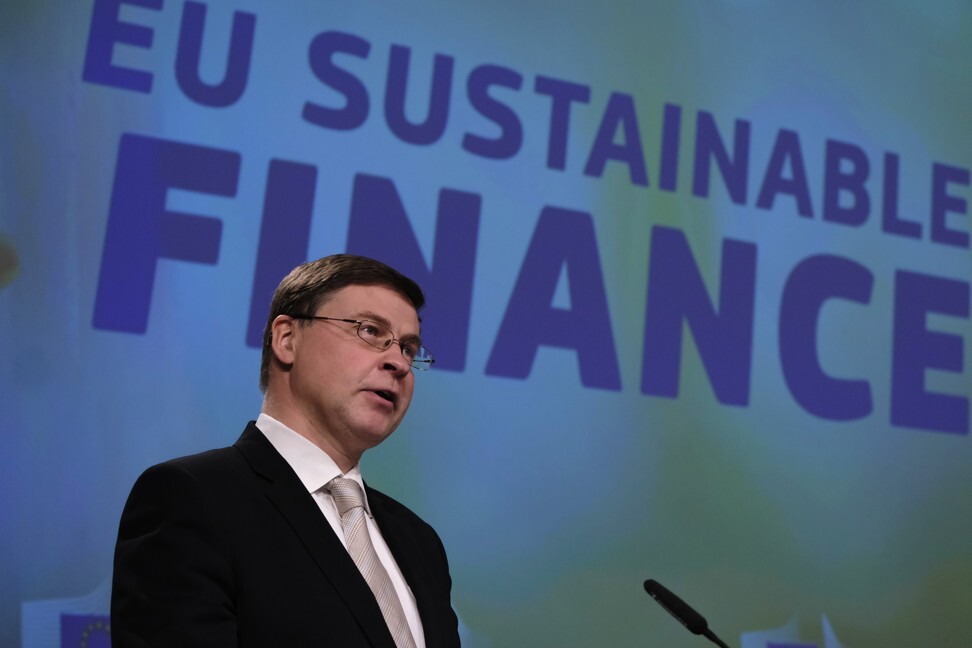- Funding for UN SDGs are short of US$2.5 trillion every year despite global green investments topping US$30 trillion
- More clarity is needed on what counts as ‘sustainable investment’ as well as greater transparency on the activities of financial institutions
Over the last decade, sustainable investments have gone mainstream as investors shun fossil fuels and seek out green bonds and environmental, social and governance (ESG) investments instead. Green investments estimated to be worth more than US$30 trillion now occupy the centre of financial markets. Despite this, the UN Sustainable Development Goals (SDGs) financing gap is as large as ever.
The world is awash in capital. With global financial assets valued at US$900 trillion, there is plenty of capital to go around, and interest rates have been low since the 2008 financial crisis. Yet in the midst of such favourable investment conditions, the much-needed SDG financing for a more sustainable future is still short of US$2.5 trillion every year.
This can only be because sustainable investors do not put their money where it is most needed; given that, how “sustainable” are these investments?
The most efficient way of meeting SDGs is to invest where the marginal benefit is greatest – in essence, where SDG performance is worst, and the financing gap the biggest. Both Africa and Asia report the worst SDG performances; in particular, developing Asian countries have both the worst performances and the largest financing gaps.
For example, Asia has an annual infrastructure investment gap of US$900 billion. This money is needed for economic infrastructure such as transport, energy and water, as well as for social infrastructure such as education and health.

The sustainable investment movement started in the early 2000s and accelerated with the Development Agenda in 2015. In 2006, the Principles for Responsible Investment (PRI) was launched by then-UN secretary general Kofi Annan, and has gone from 100 signatories to more than 3,000 today.
These signatories, which have more than US$100 trillion in assets under management, are mostly headquartered in developed countries. All UN PRI members agree to integrate ESG factors into their investment decisions to “enable real-world impact aligned with the Sustainable Development Goals”.
The argument is that the investors can make money and contribute to SDGs at the same time. This approach is different from impact investing, which focuses specifically on generating sustainability impact. Unsurprisingly, very few investors subscribe to this.
So, where do all these sustainable investors put their money? They put it close to home, in Western capital markets where the marginal benefit is arguably lowest. According to the data from Global Sustainable Investment Alliance in 2016, they put 53 per cent in the European Union, 38 per cent in the United States, and only 0.2 per cent in Asia excluding Japan.
The EU and the US not only have the best SDG performances globally but also, for every sustainably invested dollar, reap a much lower impact than Asia. In the West, green financial products are so sought after that green bonds are on average three times oversubscribed, a financial bubble is forming in renewable energy projects, and ESG-focused exchange traded funds (ETFs) get away with charging fees that are 43 per cent higher than for other popular ETFs.
This misalignment between sustainable investing and SDG financing is due to the low bar defining what qualifies as sustainable. Recently, British American Tobacco received the third-highest ESG score among FTSE 100 companies, and many of the largest ESG indices still include the world’s largest fossil fuel companies. Consequently, these companies receive financing labelled as “sustainable”.

Clearly, sustainable investment is not taking place where the SDG impact is the greatest. Addressing this requires two things: clarity on what defines “sustainable investment” and transparency on financial institutions’ activities.
Fortunately, we see progress on both fronts in the EU, which is critical as the region is home to the most sustainably invested assets. This year, the EU is launching a list of sustainable economic activities and will require financial institutions to disclose information on products they label as “sustainable”.
We should not assume the EU’s measures will solve the problem overnight, but it could be the start of better tying sustainable investment with effectively contributing to SDGs.
Article by Mathias Lund Larsen
Source: South China Morning Post
Link to the article
Mathias Lund Larsen is senior research consultant at the International Institute of Green Finance at the Central University of Finance and Economics, Beijing